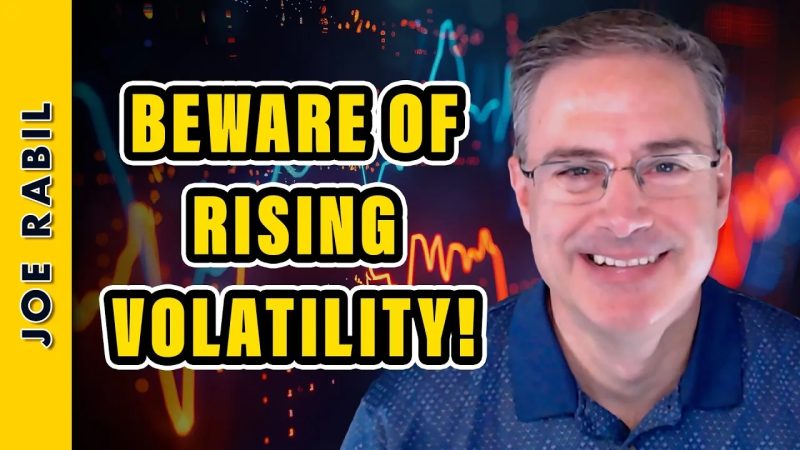In recent times, market volatility has been a point of concern for both seasoned investors and newcomers to the financial landscape. As we delve deeper into the intricacies of this phenomenon, it becomes apparent that the implications of rising volatility are far-reaching and impactful on the current state of the market.
The recent surge in market volatility can be attributed to a myriad of factors, ranging from geopolitical tensions to economic uncertainties. Investors are grappling with the challenge of navigating through choppy waters as volatility brings about rapid price swings and increased risk in the market. This trend is exemplified by the sharp fluctuations seen in major indices and individual stocks, leaving many market participants on edge about the future direction of asset prices.
One key aspect to consider in the context of rising volatility is the impact on investment strategies. As volatility spikes, traditional investment approaches may need to be reevaluated to account for heightened market risk. Investors are increasingly turning to strategies that are more adaptable and dynamic in nature, such as diversification across asset classes, active risk management, and the use of options to hedge against downside risk. In essence, the current environment necessitates a shift towards more flexible and proactive investment practices to withstand the challenges posed by increased volatility.
Moreover, the rise in volatility has also prompted a reassessment of the role of technology in modern finance. With the advent of algorithmic trading and high-frequency trading, market dynamics have evolved to become more complex and interconnected. These advancements have both facilitated market efficiency and exacerbated volatility, creating a double-edged sword for participants. As technology continues to play a central role in shaping the financial landscape, market participants must strive to leverage it effectively while also being cognizant of the risks associated with technological disruptions and algorithmic trading strategies.
Another important consideration in the face of rising volatility is the psychological aspect of investing. Market uncertainty can trigger emotional responses among investors, leading to impulsive decision-making and irrational behavior. It is essential for investors to maintain a disciplined approach and stay focused on their long-term financial goals amidst market turbulence. This entails cultivating a mindset of resilience and adaptability to withstand the emotional rollercoaster that often accompanies periods of heightened volatility.
In conclusion, the current market environment characterized by rising volatility presents a host of challenges and opportunities for investors. By embracing a proactive and dynamic approach to investment, leveraging technology effectively, and maintaining a resilient mindset, market participants can navigate through turbulent times with confidence and poise. Adapting to the new normal of increased volatility is imperative for staying ahead of the curve and achieving long-term financial success in an ever-changing market landscape.

